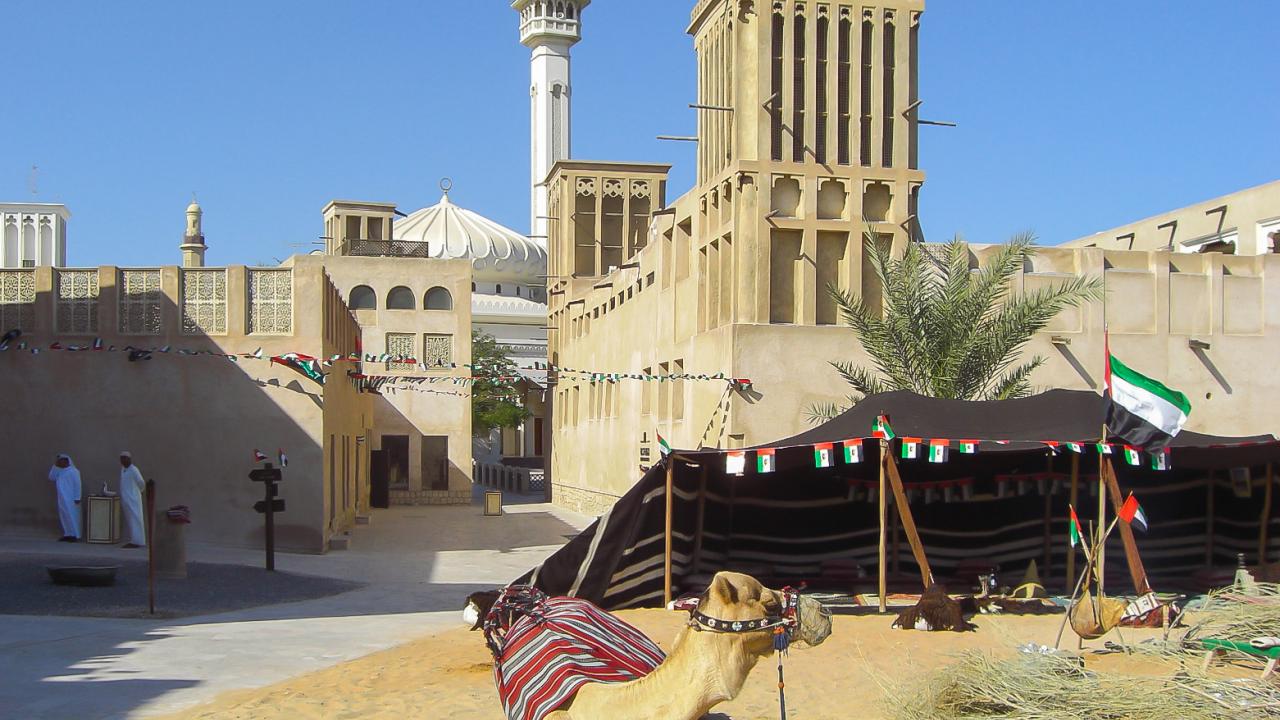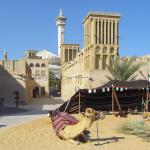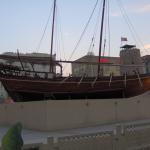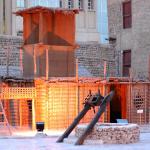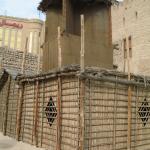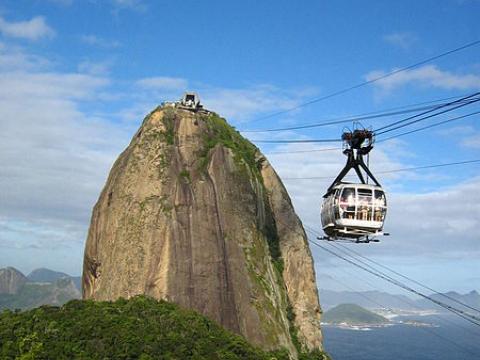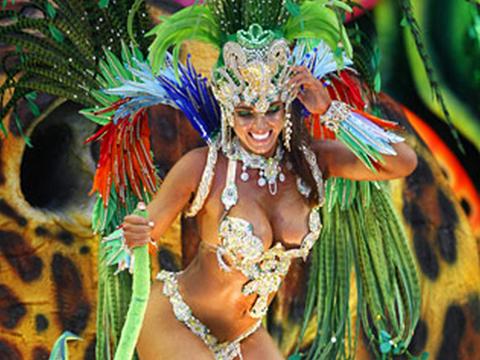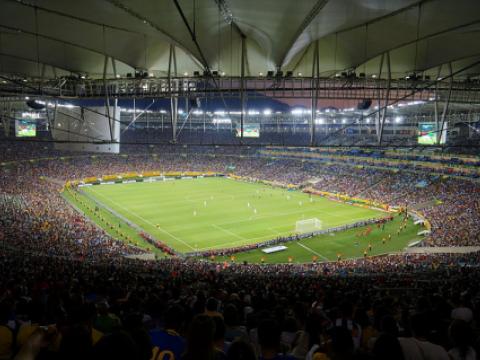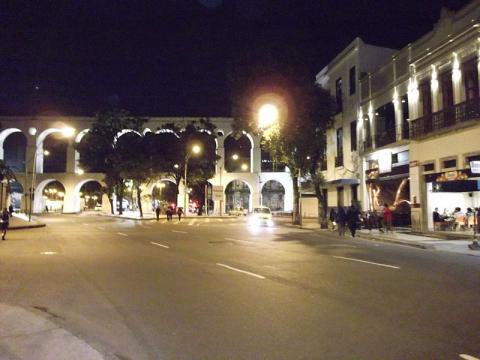Location
Twenty years ago, before the architectural boom in the area, Dubai was a modest city. The remnants of the previous way of life of Dubai’s residents can be witnessed in the traditional areas such as Al Bastakiya and Al Shindagha.
Al Bastakiya is probably the oldest area of Dubai that still stands unchanged. The oldest building in Dubai is in this area. It is the Al Fahidi Fort, the stronghold of the town in the times when surrounding tribes wanted to pillage it. Built in the 18th century, it nowadays it serves as a museum.
Al Shindagha is another part of Dubai where there are still old buildings and traditional lifestyle better represented. This was the epicenter of social life in Dubai before the expansion . In the first half of the 20th century, the king of Dubai had his residence in this part.
The Dubai old town is on the north when looking from the modern center of the city. The area lies along the Dubai creek. Although it is not near the main attractions of Dubai, this area is easily accessible by metro. The closest station is the Al Fahidi station.
Unlike the modern Dubai, the traditional town offers much cheaper entertainment. Here you can enjoy in the traditional Arab cuisine and shop hand-made items at very affordable prices. And don’t forget to bargain – the vendors will expect that from you!







